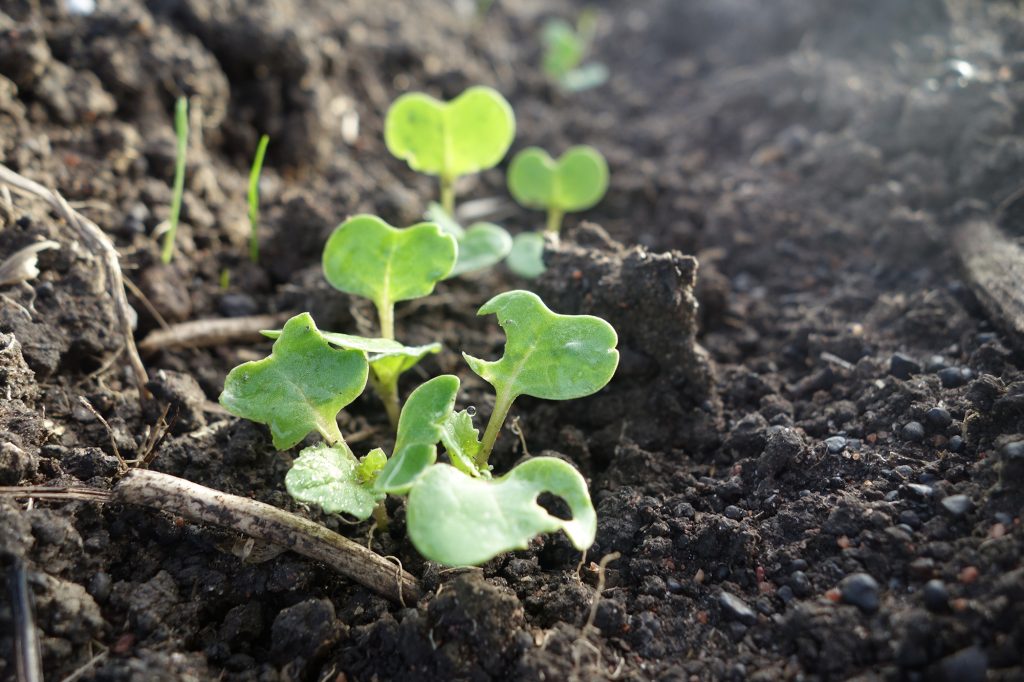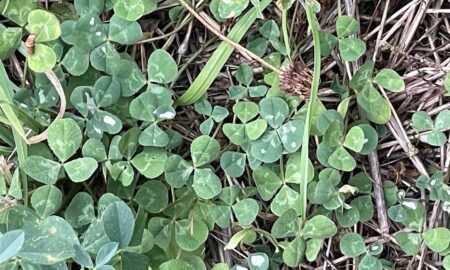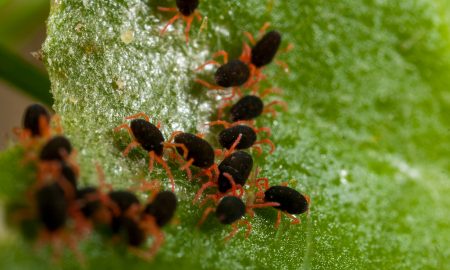Summary
- Lots of rain and high soil moisture means we could see significant slug issues this autumn
- High rainfall zone and soils with lots of clay or organic matter are considered high risk
- Monitor after any rain before sowing using refuges and/or baits
- If paddock risk is high, bait at sowing to protect emerging seedlings and re-check affected areas to assess the need to re-bait
What affects slug risk?
With significant rain and an early start to the season in some areas, we are already starting to see slugs inflicting damage to early sown crops in parts of southern NSW.
Slugs have been a significant problem in some areas in the last few years, with south-west Victoria and west Gippsland seeing huge numbers of 300 to 400 slugs per square metre in 2020. As was also noticed last year, slugs are becoming a problem earlier in the season presenting a significant threat to canola crops and newly-sown pastures.
In a typical year, adult slugs are stimulated out of their summer aestivation following autumn rains. Risk areas include high rainfall zones (>450 mm/annum) which have green bridge and wet establishment conditions.
Slugs will generally be more problematic in soils high in clay and organic matter, paddocks with stubble retained and areas where slugs have previous history. Slugs are more likely to reach damaging levels when soil moisture levels at a depth of 500-600 mm are high and/or the area experiences more than 70-80 mm rainfall within a 3-week period.
Slug species and damage
The main pest species of slugs that attack broadacre crops are the black keeled slug (Milax gagates) and the grey field slug (Deroceras reticulatum). The brown field slug (Deroceras invadens) can also be a serious pest, with multiple species often co-occurring.
Slugs will attack most crops and pastures, however the most susceptible crops are canola, especially young seedlings up to the six leaf stage and wheat seed/ pre-emerged seedlings in the drill rows.

The damage caused by slugs includes rasping and shredding of leaves up to complete defoliation of crops. Slugs will eat all parts of the plant but the seedling stage is most vulnerable and this is when major economic losses can occur.
For detailed information about slugs see the black keeled slugs and grey field slugs PestNotes.
Monitoring
Monitor all paddocks every three days after any rain which occurs prior to seeding, especially if sowing canola. Monitoring techniques include refuge traps and baiting at the margins of the paddock and checking back the following morning for dead slugs.
Refuge traps (e.g. terracotta tiles) can be used to monitor grey field slugs, however keep in mind that black keeled slugs often do not use surface refuges, so estimating black keeled slug numbers using refuge traps can be misleading.
Refuge traps for grey field slugs should be placed on the soil surface when it is visibly wet, and then checked after a few days for the presence of slugs underneath. A few pieces of slug bait under each trap will help to attract slugs if they are present. Metaldehyde bait strips can also be put out to monitor by checking the morning after deployment for dead slugs.
Continued monitoring may be necessary, especially in canola. It’s important to keep an eye on affected areas after baiting because re-baiting may be required under high slug infestations or split emergence of populations due to different species co-occurring in the same field.
Once the crop has been sown and germination has commenced, crops should be visually examined for damage and to ensure adequate rates of baits applied at sowing remain active to protect seedlings. Damp and mild conditions are optimal for slug activity; hence mornings after these conditions are the best time for monitoring.
Management
Paddocks with known history or planned canola crops in high rainfall zones will need to be proactive with slug baiting this season and applying bait at sowing will be critical. There are several baits registered against slugs in broadacre crops, but we recognise that chemicals may be difficult to source under current supply chain limitations.
Baits are a crop protectant and must be applied immediately after sowing and rolling, prior to crop emergence. Drilling of baits will protect seed but not seedlings, hence a follow up surface application is recommended. Thirty pellets per m² are needed to ensure adequate chance of encounter.
It’s important to recognise that some baits are more stable than others under cold temperatures and significant rainfall. For more information visit the SARDI Snail and slug baiting guidelines.
Acknowledgement
Thank you to Julia Severi for contributions to this article.
Cover image: Photo by Andrew Weeks, Cesar Australia





